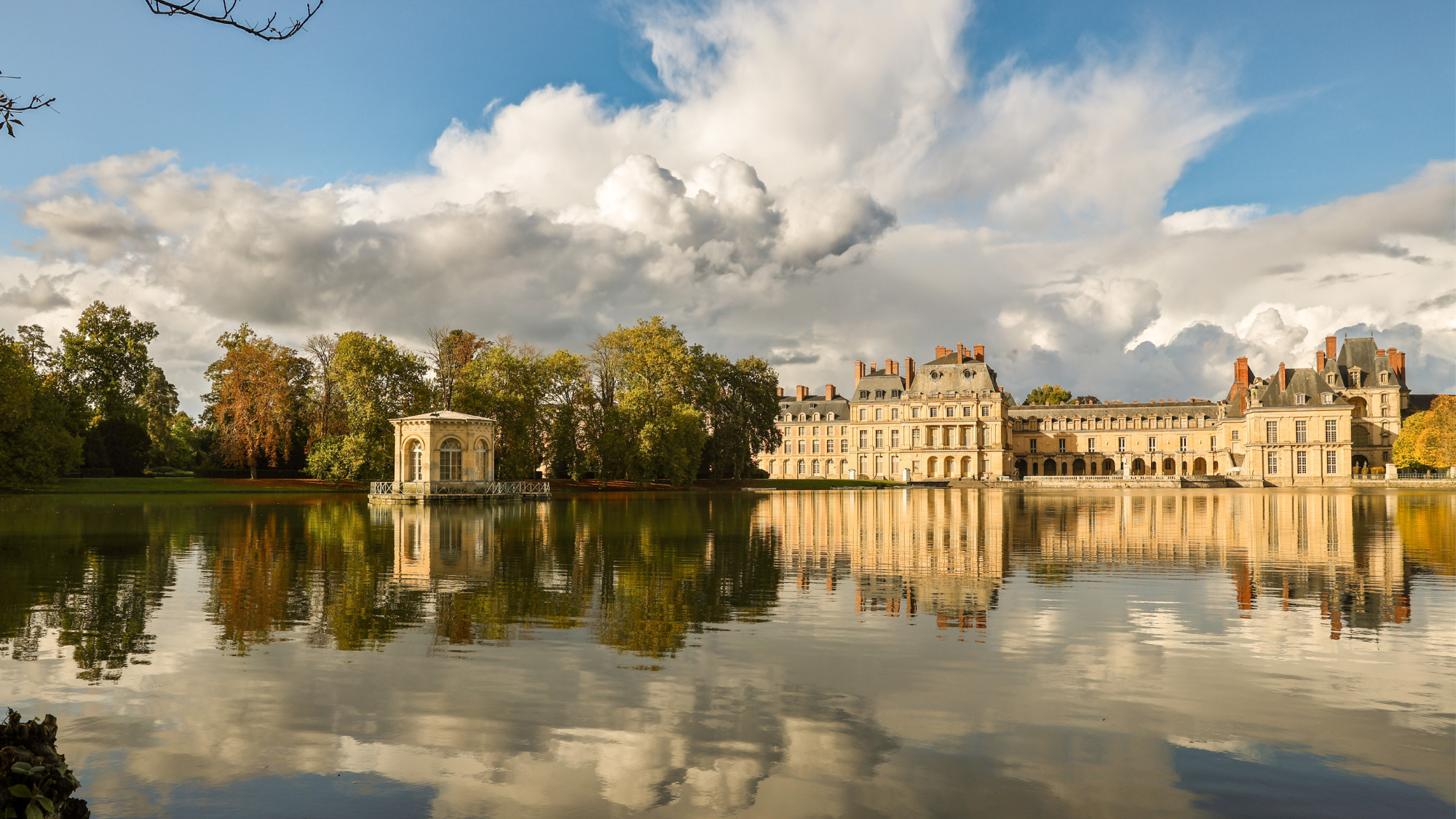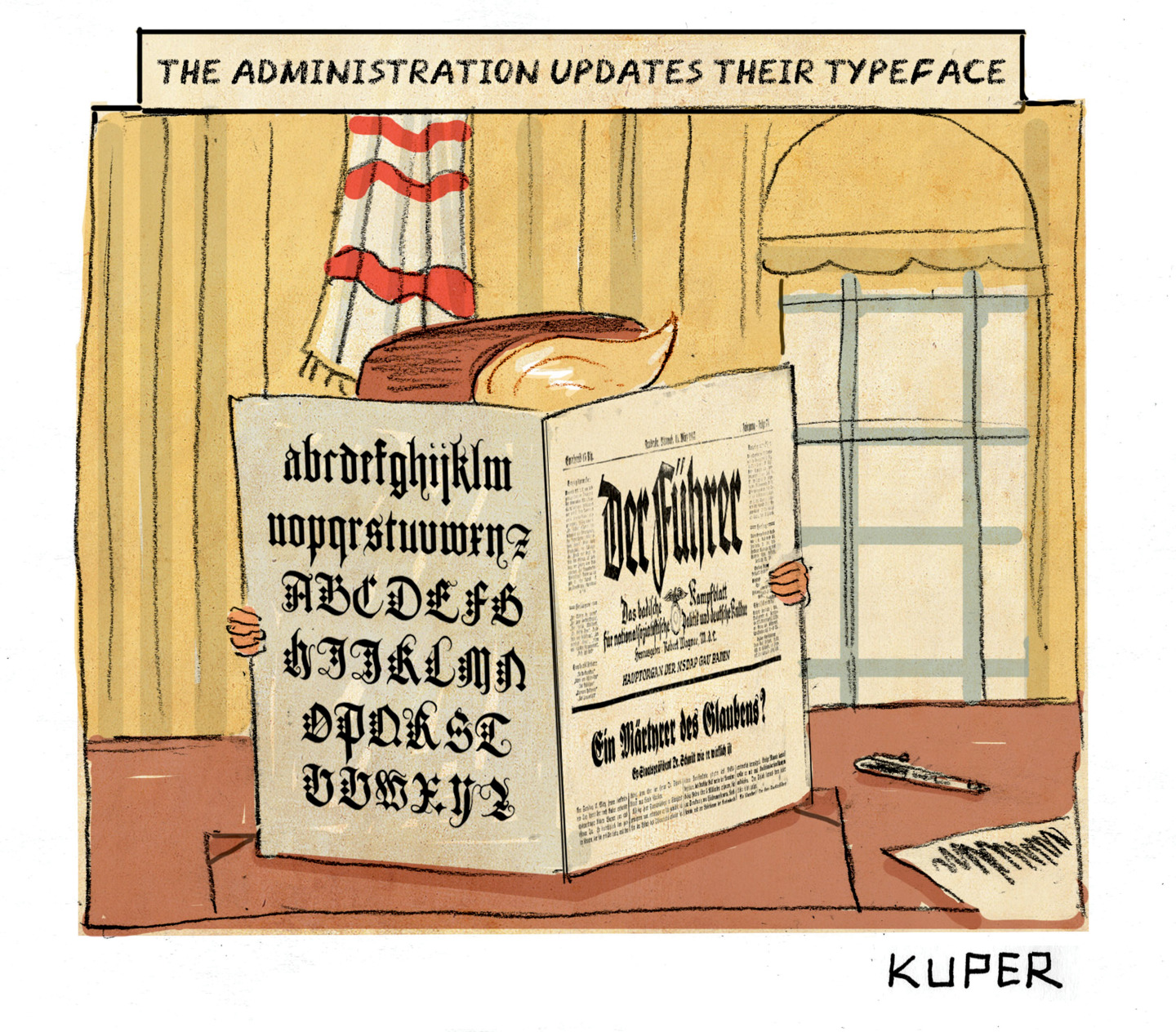German Expressionism: The Graphic Impulse
The newest exhibit at New York's MoMA focuses on the early 20th-century German and Austrian artists who expressed their dissatisfaction with bourgeois culture through printmaking.
Museum of Modern Art, New York
Through July 11
You want angst, you got it, said Ann Levin in the Associated Press. MoMA’s newest exhibit is a fascinating immersion in the fraught world of the German and Austrian expressionists, a group of artists who yearned to break from a rigid culture. To many, painting itself was too bourgeois. Instead, they favored printmaking, particularly the “primitive look” of the woodcut. Around 1905, the movement flourished in three cities, each providing a particular twist. Dresden artists borrowed “the distorted, angular shapes” of African and Oceanic art. In Munich, Kandinsky and his Blaue Reiter cohort “embraced vibrant color and abstracted forms in an earnest quest for spiritual rebirth.” Meanwhile, the Vienna contingency took a cue from local boy Freud to embark on a psychological exploration—through “unforgettable portraits and nudes characterized by tortured lines and agitated gestures.” Even today, the expressionists’ “scathing critique of the moneyed classes, and later, of the horrors of World War I, carries an electrifying force.”
The Week
Escape your echo chamber. Get the facts behind the news, plus analysis from multiple perspectives.

Sign up for The Week's Free Newsletters
From our morning news briefing to a weekly Good News Newsletter, get the best of The Week delivered directly to your inbox.
From our morning news briefing to a weekly Good News Newsletter, get the best of The Week delivered directly to your inbox.
“A kind of nastiness” often lurks “just below the surface,” said Roberta Smith in The New York Times. “The show is infused with an urgent, crackling energy, by turns joyful, satiric, grim, and tragic.” On the darker side are 50 “harrowing” etchings by Otto Dix, called The War (1924). They “glare down” from a bright red wall, their “acid-bitten surfaces” invoking “wounded flesh” and broken earth. It’s difficult to imagine “the same range of texture, light, form, feeling, and unappetizing fact being achieved quite as viscerally in any other visual medium.” Other showstoppers include an Oskar Kokoschka lithograph depicting the artist’s own face as “a large sculptural chunk, seemingly half-flayed.” Two Max Beckmann self-portraits, meanwhile, seem to show a “baby-faced aesthete” transformed into a hardened criminal. In retrospect, he was foreshadowing an ominous shift in German society itself.
A free daily email with the biggest news stories of the day – and the best features from TheWeek.com
-
 ‘It’s hard not to feel for the distillers’
‘It’s hard not to feel for the distillers’Instant Opinion Opinion, comment and editorials of the day
-
 A long weekend in Fontainebleau
A long weekend in FontainebleauThe Week Recommends Less than an hour from Paris, this historic town is perfect for a short break
-
 Political cartoons for December 16
Political cartoons for December 16Cartoons Tuesday’s editorial cartoons include calibrating fonts, Christmas classics, and more